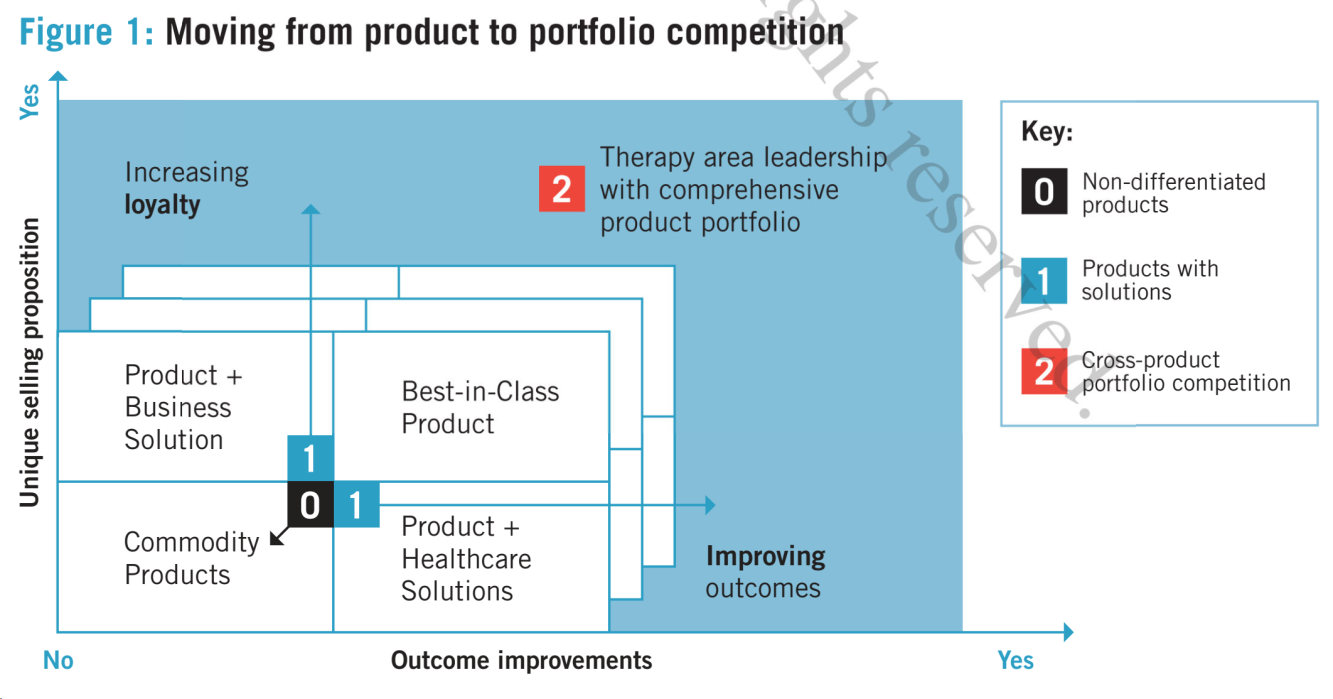Therapeutic area leadership was once defined simply by who had the biggest and best drug for that condition; the level of leadership could usually be measured by sales figures, but times have changed. Individual products are still undoubtedly the most important factor, being a therapeutic area leader now often entails all-encompassing, holistic involvement and investment in that field leading to rich product portfolios – which in turn can bring tremendous benefits to pharmaceutical companies as well as those they serve. As a result, the drive to therepeutic area leadership is becoming increasingly competitive.
Therapeutic area leadership can bring significant benefits for pharmaceutical companies. Leadership engenders a sense of expertise and trust in the given area, which can speak to being both a genuine innovator and a ‘safe pair of hands’. On the commercial side, it provides a company with larger degrees of freedom to compete against its competitors still focusing on individual products, extending the value by becoming a one-stop-shop for patients, healthcare professionals, providers, payers and/ or other stakeholders. Leveraging synergies across the product portdfolio is particularly relevant, for example through deeper and more intensive collaborations with opinion leaders globally and at the national level due to a continuous stream of novel products.
It can also make worthwile the investment into solutions which work across a range of products, magnifying the competitive advantage further with each additional drug. Therapeutic area leadership also gives a company more scope to look beyond the sales rep model on the ground, utilising key account management (KAM) practices to concentrate on improving stakeholder interactions with the overall therapy area to reduce healthcare inefficiencies, creating privileged relationships and erecting entry barriers with physicians and/ or providers.

